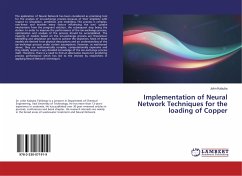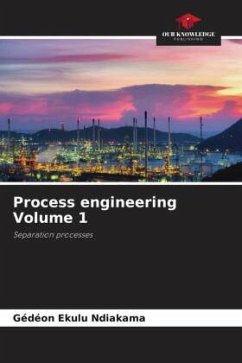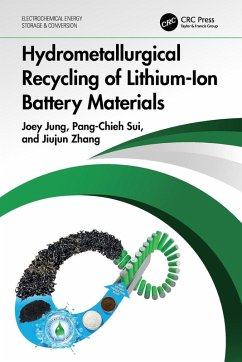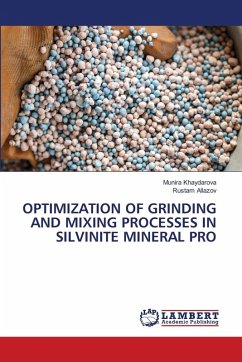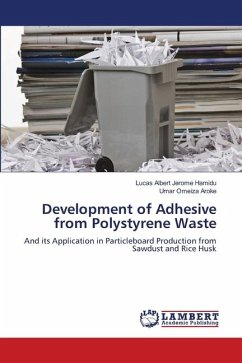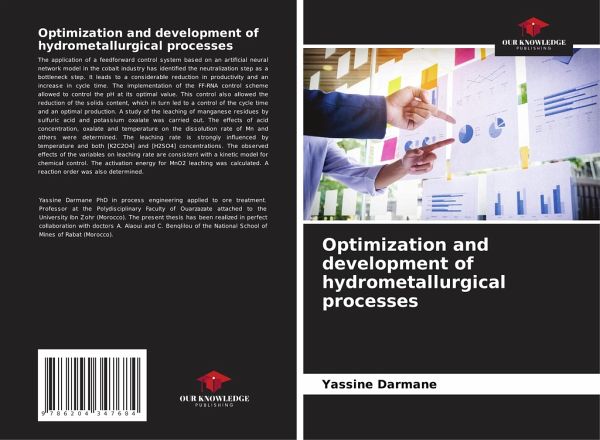
Optimization and development of hydrometallurgical processes
Versandkostenfrei!
Versandfertig in 6-10 Tagen
27,99 €
inkl. MwSt.

PAYBACK Punkte
14 °P sammeln!
The application of a feedforward control system based on an artificial neural network model in the cobalt industry has identified the neutralization step as a bottleneck step. It leads to a considerable reduction in productivity and an increase in cycle time. The implementation of the FF-RNA control scheme allowed to control the pH at its optimal value. This control also allowed the reduction of the solids content, which in turn led to a control of the cycle time and an optimal production. A study of the leaching of manganese residues by sulfuric acid and potassium oxalate was carried out. The...
The application of a feedforward control system based on an artificial neural network model in the cobalt industry has identified the neutralization step as a bottleneck step. It leads to a considerable reduction in productivity and an increase in cycle time. The implementation of the FF-RNA control scheme allowed to control the pH at its optimal value. This control also allowed the reduction of the solids content, which in turn led to a control of the cycle time and an optimal production. A study of the leaching of manganese residues by sulfuric acid and potassium oxalate was carried out. The effects of acid concentration, oxalate and temperature on the dissolution rate of Mn and others were determined. The leaching rate is strongly influenced by temperature and both [K2C2O4] and [H2SO4] concentrations. The observed effects of the variables on leaching rate are consistent with a kinetic model for chemical control. The activation energy for MnO2 leaching was calculated. A reaction order was also determined.



